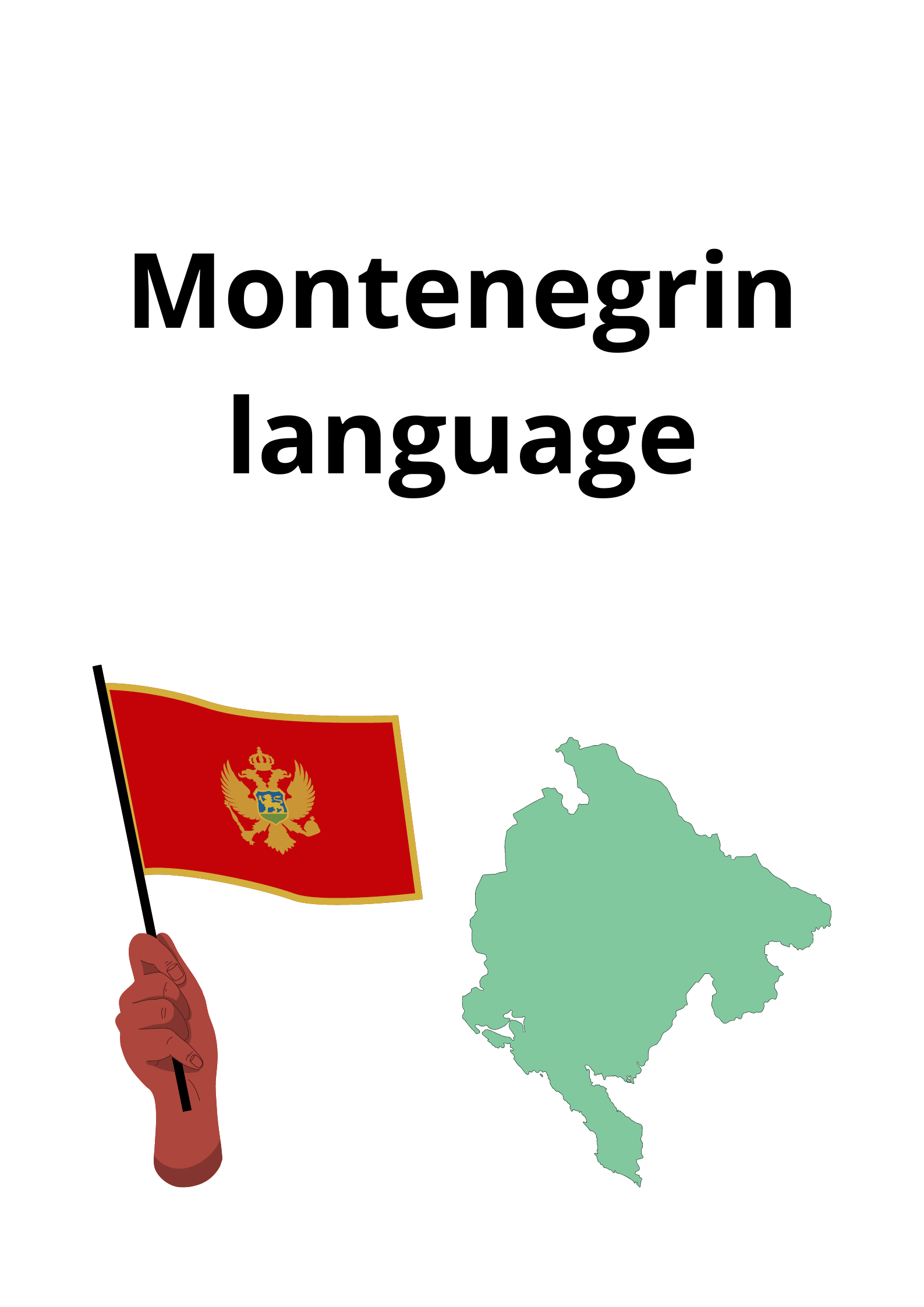As with any language, different aspects of the Montenegrin language may be more difficult for different learners depending on their native language and previous language learning experiences. However, here are some aspects of Montenegrin that are commonly cited as challenging for learners:
- Noun gender: Montenegrin, like other Slavic languages, has a complex system of noun gender, with three genders (masculine, feminine, and neuter) and many irregularities. Learners must memorize the gender of each noun in order to use it correctly in sentences.
- Cases: Montenegrin language has seven cases, each with multiple forms for nouns and adjectives depending on the gender and number of the noun. This can make sentence structure more complex and requires a lot of memorization and practice to master.
- Verb conjugation: Montenegrin verbs have a lot of irregularities in their conjugation, particularly in the past tense. This means that learners must memorize many different verb forms in order to speak and write accurately.
- Pronunciation: Montenegrin has a number of sounds that may be difficult for speakers of certain languages to master, including the glottal stop (represented by the letter “ʔ”) and the palatalized consonants (represented by a small “j” after the letter).
Despite these challenges, many learners find Montenegrin to be a rewarding language to learn, with a rich cultural history and a unique linguistic structure. With practice and dedication, learners can overcome these difficulties and become proficient in Montenegrin.

